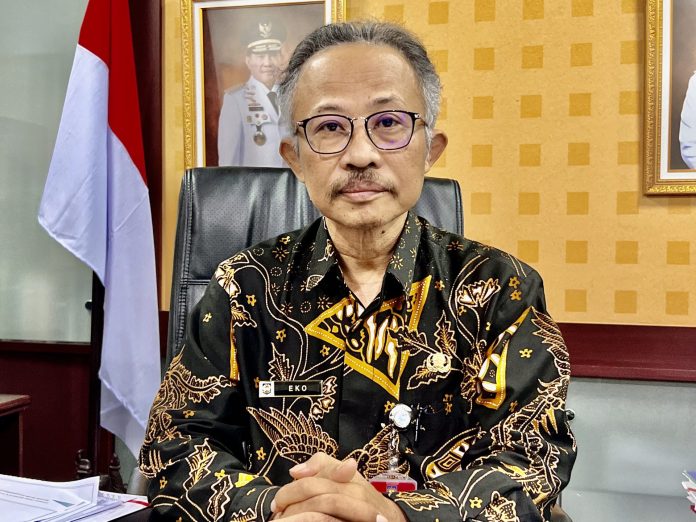JAKARTA – Villages in Indonesia, their problems, and the development achieved so far, are not solely the responsibility of the Ministry of Villages, Development of Disadvantaged Regions, and Transmigration (DDRT).
To ensure the success and progress of villages, the government has also entrusted significant responsibilities to the Ministry of Home Affairs.
However, why are these responsibilities not visible or even heard of?
To address this question, The Editor conducted research on the contents of Government Regulation (PP) 47 of 2015, which outlines the ministries involved in regulating village affairs in Indonesia.
We have summarized the contents of the regulation, revealing a surprising fact that has raised numerous questions among various parties: the Ministry of Villages DDRT is only responsible for three specific matters, whereas the Ministry of Home Affairs is responsible for 18 matters.
According to the PP, the three matters overseen by the Ministry of Villages DDRT include community assistance, the utilization of village funds, and the establishment and development of BUMDes (village-owned enterprises).
So, what are the responsibilities of the Ministry of Home Affairs?
They include overseeing comprehensive village governance regulations, such as addressing general needs, establishing clear categorization of village types, and managing village finances and assets.
Director General of Village Government Development at the Ministry of Home Affairs, Eko Prasetyanto Purnomo Putro, stated, “Yes, indeed, that’s the division of authority. It’s like money that has two sides – it cannot be split apart.”
Furthermore, the Ministry of Home Affairs is responsible for regulating the development of villages and rural areas, formulating rules pertaining to BUMDes, managing village cooperation systems, and overseeing village community institutions and village customary institutions.
The Ministry of Home Affairs also holds the responsibility of defining the specific rights of customary villages, providing village guidance and supervision, regulating village transitions, and managing village populations.

How does the Ministry of Home Affairs respond to these responsibilities?
Director General Eko Prasetyanto explained, “Yes, indeed, that’s the division of authority. It’s like money that has two sides – it cannot be split apart.”
So, how have the Ministry of Home Affairs and the Ministry of Villages DDRT collaborated thus far in dealing with villages across Indonesia?
Eko Prasetyanto further elaborated on this matter, providing detailed insights.
He said, in terms of regulation, the division of tasks between ministries, which turned out to be not only two, was very clear. For example, in the use of village funds, the ministry team that will intervene to handle it is the Ministry of Home Affairs, the Ministry of Finance, the Ministry of Villages DDRT, and Bappenas.
In fact, Eko explained that determining village boundaries, which is the responsibility of the Ministry of Home Affairs, will require the support of village funds, which are currently the domain of the Ministry of Villages DDRT.
“In practice, we are a team. So we often coordinate, synergise, meet – we change places sometimes, meet with others,” he said.
What about the management of loan funds from the World Bank? Eko explained that in the process of managing loan funds from the World Bank, the Ministry of Home Affairs and the Ministry of Villages DDRT would cooperate through the VSVDP program (village strengthening and village development program).
Here, he continued, the Ministry of Home Affairs, the Ministry of Finance, the Ministry of Villages DDRT, and Bappenas will work together to formulate ways to bring the village forward and what development will make the village successful.(NEWS ADVERTORIAL)




